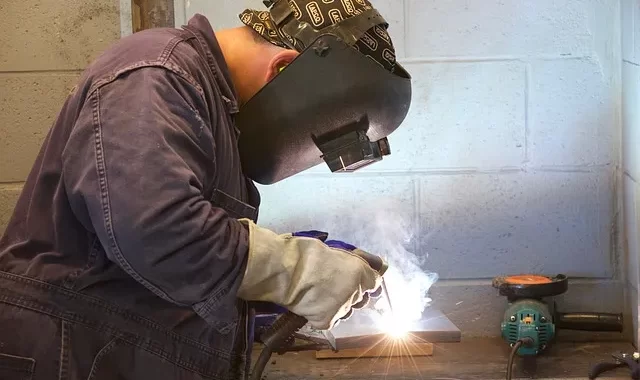Boilermaking is an activity that is little or not known to the public. Yet its works are found everywhere, from household appliances to elevators and car bodies. Some artisanal metallurgical companies use boiler making, especially in many industrial structures such as the food industry. What can we learn from boiler making in the food industry?
What Is Boiler Making?
Boilermaking covers a range of activities related to manufacturing capital and consumer goods. This manufacturing is done from sheet metals such as steel, stainless steel, copper, etc., but also tubes and profiles.
In food processing boilermaking, the boilermaker produces numerous devices, tanks, or reservoirs. These are intended for the processing and storage of large quantities of foodstuffs.
Tools such as silos, storage tanks, ovens, mixers, autoclaves, conveyor belts, sectioning machines, sizers, packers, etc., can be classified in this field.
Missions of the Boilermaker
The boilermaker specializes in metal work, namely steel, stainless steel, copper. He is also a specialist in tubes and profiles. In the execution of his work, this professional of metals and tubes in the food industry assumes three main functions:
Design
It is the stage of analyzing the pattern (drawing) that will be used as a reference to manufacturing the object. Then he prepares the surfaces that will be used for the model. He transposes the dimensions of the drawing in life size on the sheet metal, following the indications of the customer or the instructions. This action constitutes the tracing of the measurements. He then cut out the parts with a shear or a blowtorch.
Finally, the metal artist gives shape by assembling the metal parts using appropriate techniques: bending, rolling, flattening, stamping, etc. After this step, the work is consolidated by welding, riveting, stapling, gluing, etc.
The Follow-Up on the Building Site
If he is working on a huge structure, such as a vat room or an industrial pipe, he will have to go to the construction site with his team to assemble the structure on site.
Maintenance
After manufacturing and installing the final product, some boilermakers are responsible for maintaining and repairing industrial equipment or devices.
Work Methods Used in Boiler Making
In addition to the mechanical and technical evolutions brought to the trade, some ancestral techniques have persisted and are essential to realizing the food-processing tools.
The tracing
It consists of drawing the pattern of the parts flat on the material to be worked (metal) before cutting the parts. This is done with automated machines in 2D or 3D.
Shrinking
It limits the folds obtained by the treatment of the metal, hence the term “restricted”. Once the desired shape is obtained, the boilermaker proceeds to the flattening.
Stamping
Stamping consists of working the metal from the outside towards the center, to form a hollow with a mallet or a hammer.
Flattening
This action involves hardening the metal by cold working after the shrinking or drawing. The purpose is to solidify and polish it.
The shaping
This is the last step. At this level, the previously worked elements are assembled mechanically or by welding.
The Different Methods of Assembly in Boiler Making
The boilermaker can use one of three assembly methods.
Dismountable assemblies
It consists of carrying out the bolting and the mechanical closing systems (spring, jacks). It also consists of rapid closing systems such as autoclaves.
Permanent mechanical assemblies
At this level, we distinguish stapling for thin sheets (up to 1.5 mm): the ends of the sheet are folded to fit them together and crimp them. Riveting is also a technique for assembling parts of all thicknesses using rivets.
Permanent assemblies
They are mainly based on welding or brazing techniques.
In short, food boiler making is a required field for developing SMEs or industries in the sector. It holds an important place in our daily life.

